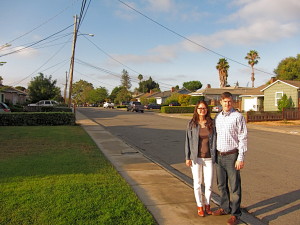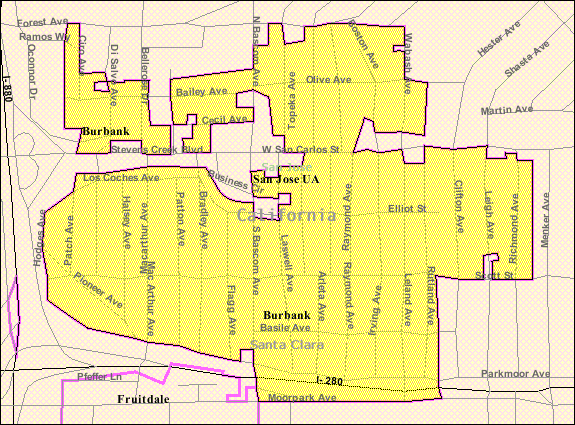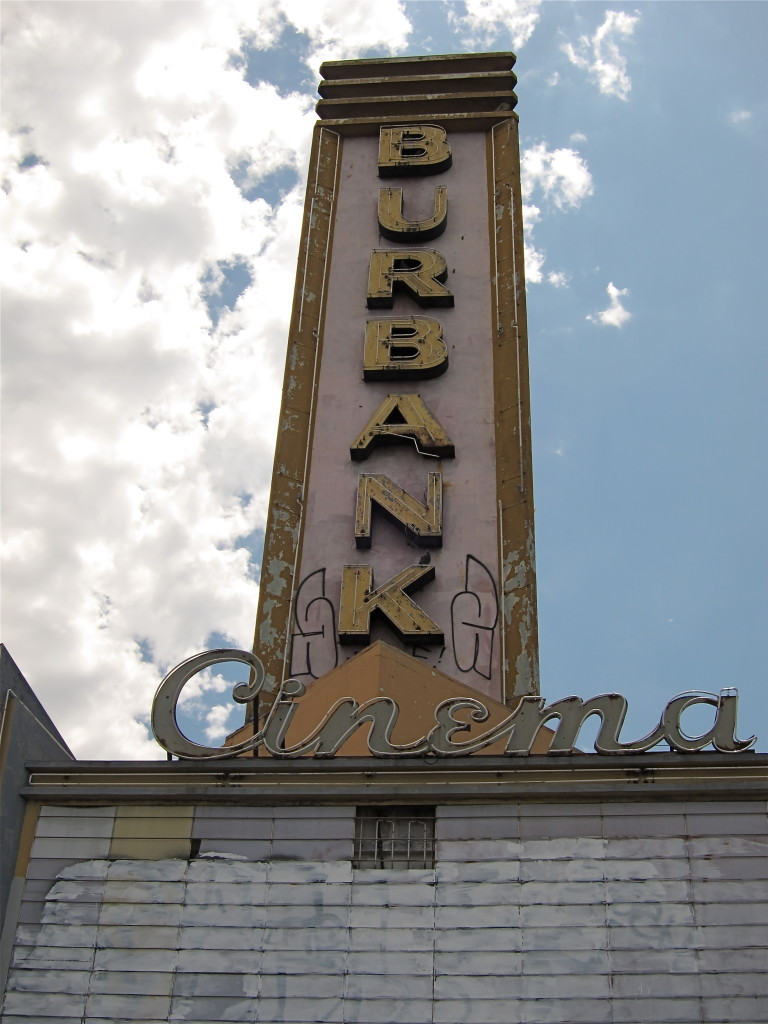
By Sharon Simonson
BURBANK, Unincorporated Santa Clara County — What’s in a number? Not everything, said 35-year-old Shirley Chan, who purchased her Burbank neighborhood home near West San Carlos Street and Bascom Avenue in 2011.
The boundaries for the Burbank Community Association, which Chan leads, encompass neighborhoods that have some of the lowest median household incomes in Santa Clara County. But Chan grew up in West San Jose and attended the neighborhood’s Luther Burbank School. As leader of her neighborhood’s association, she is working to drive its gentrification. “I moved to Burbank because I think there is a lot of opportunity, and I want to tap into that,” she said.
Chan cites proximity to downtown San Jose; Mineta San Jose International Airport; Westfield Valley Fair shopping center, Santana Row and interstates 280 and 880. “My neighbors are great; I know all of them around me, and it’s a warm environment,” said Chan, a corporate logistics manager whose husband is a software engineer.
“Burbank can look a lot like Pasadena, though some streets are a little shaggier,” Santa Clara County Principal Planner Bill Shoe
Burbank’s first housing lots were subdivided in 1904, and the neighborhood has more than 35 “recorded, historically significant homes,” according to the community association. Neighborhood home styles include Victorian, Art Deco and Craftsman.
Though burdened with a checked history, the midcentury, Art Deco-style Burbank Theater retains evocative presence and is the community’s’s most visible landmark. But the neighborhood around the theater had 2012 median household income of not quite $38,000. That was nearly two-thirds below the county’s at large and nearly a third below what it was in 1999, adjusted for inflation.
“Burbank can look a lot like Pasadena, though some streets are a little shaggier,” Santa Clara County Principal Planner Bill Shoe said.

San Jose State University economist and former Mountain View Mayor Tom Means cautions that comparing census data from one decade or year to the next tells us nothing about how a particular family or individual is faring. A decline in household median income in one area may even indicate upward mobility. “As people get wealthier, they move to better neighborhoods while people with lower income levels come in,” he said.
That said, given the Bay Area’s overall economic strength, it is reasonable to expect a generally rising prosperity, Means said. Factors that thwart that expectation in specific locations include an abundance of older housing stock, such as what you see in downtown San Jose, Burbank and East San Jose.
School quality also affects homebuyer and renter decisions. Some Burbank homes are in a Campbell school district rather than Luther Burbank’s, Chan said. Homes in the Campbell district are generally newer—World War II and post-war era compared to pre-war and even earlier—and more desired.
Chan said she often struggles to engage her community’s original homeowners in the neighborhood association and even to connect with them via the Internet or in person. The Burbank population has tended to be stable, in part because the housing is affordable to lower-income people and that is not true in many other Silicon Valley locations, county planner Shoe said. “Past a certain age, people stop investing in their homes,” he said.
At the same time, fewer Burbank homes are owner-occupied than in the county at large. In two of Burbank’s three census tracts, only about a third of the homes’ owners live in them. That compares to 58 percent of the homes countywide, according to the census.

Burbank also is a county enclave surrounded by the city of San Jose. Annexation into San Jose remains a contentious subject for residents, Chan said, and she herself is unsure about the comparative virtues of each course. Whether that jurisdictional variability hampers neighborhood improvement is unclear to her. Counties are generally seen as less equipped to deal with urban service delivery, and in recent years, there has been a pattern of isolated parcels being attached to San Jose, she said.
But a key commercial area at the nexus of San Carlos Street and Bascom Avenue is in the city, she said, and it has become a neighborhood canker, suffering from vagrancy, unoccupied buildings, fractured property ownership and what Chan believes is city inattention. “On the (Burbank Community Association) board, the majority of us feel that because we are in the county, we don’t have the voting power, so there is no incentive for the city of San Jose,” she said. She is vigilant about limiting the number of marijuana dispensaries, and more recently, has become focused on the proliferation of “massage parlors.” The county, including District 4 Supervisor Ken Yeager’s office, is more responsive in her experience, Chan said. Yeager is a former San Jose city council member.
Change may be more imminent than it seems. Developers are building and have built thousands of new apartments and condominiums on San Carlos Street in the neighborhood and in locations nearby. On the cusp between Burbank and the Willow Glen neighborhood, which is now fully gentrified, The Sobrato Organization has built hundreds of new apartments adjacent to a light-rail stop, and an older industrial building, also once owned by Sobrato, is being transformed into a private school. The Willow Glen housing stock shares some characteristics with Burbank, the county’s Shoe says. San Jose also has designated the West San Carlos Street and Bascom Avenue intersection for priority, high-density redevelopment.
Perhaps most interesting, Burbank is capturing a rising number of what the Census Bureau identifies as workers in the “professional, scientific and technical services.” These workers in general are highly skilled with advanced education; their brainpower constitutes their company’s most important resource and product. That contrasts to health![]() care workers with advanced training but whose output, including diagnosis, often depends on the use of advanced machinery, according to the Census Bureau.
care workers with advanced training but whose output, including diagnosis, often depends on the use of advanced machinery, according to the Census Bureau.
Besides computer systems design and services including computer programming and computer facilities’ management, the professional and scientific category includes architects, attorneys, engineers, accountants, workers in testing laboratories, research and development scientists and many others, but in sum, occupations that can pay well. For Chan, while the neighborhood is already charming, “I wish it would gentrify faster,” she said.